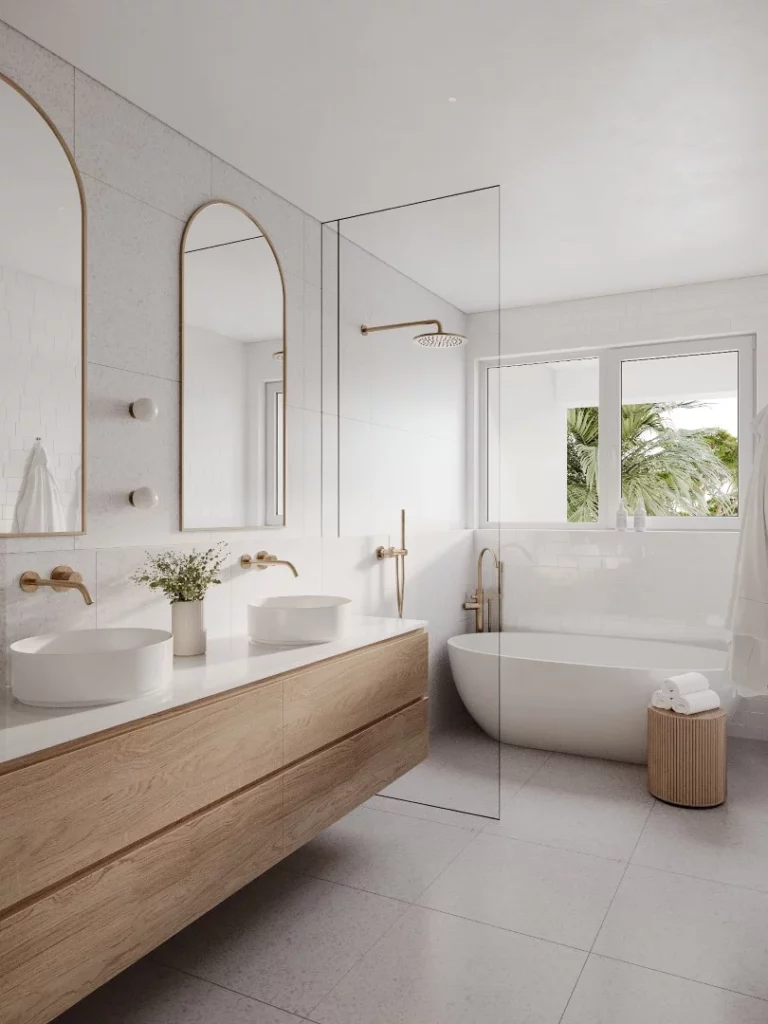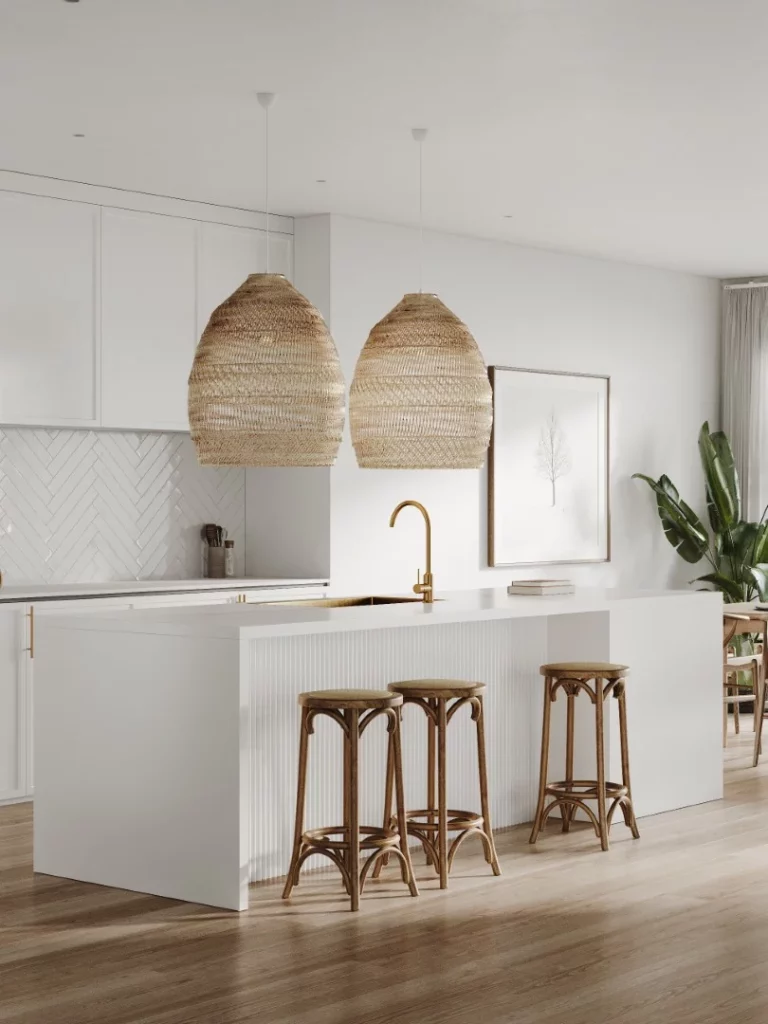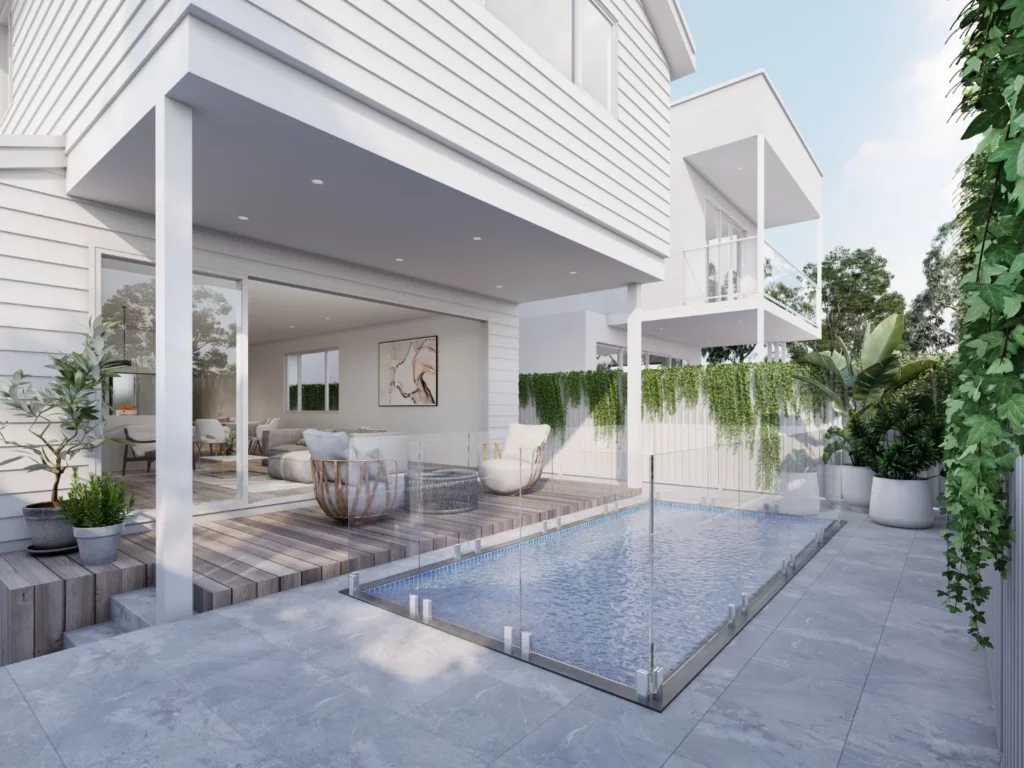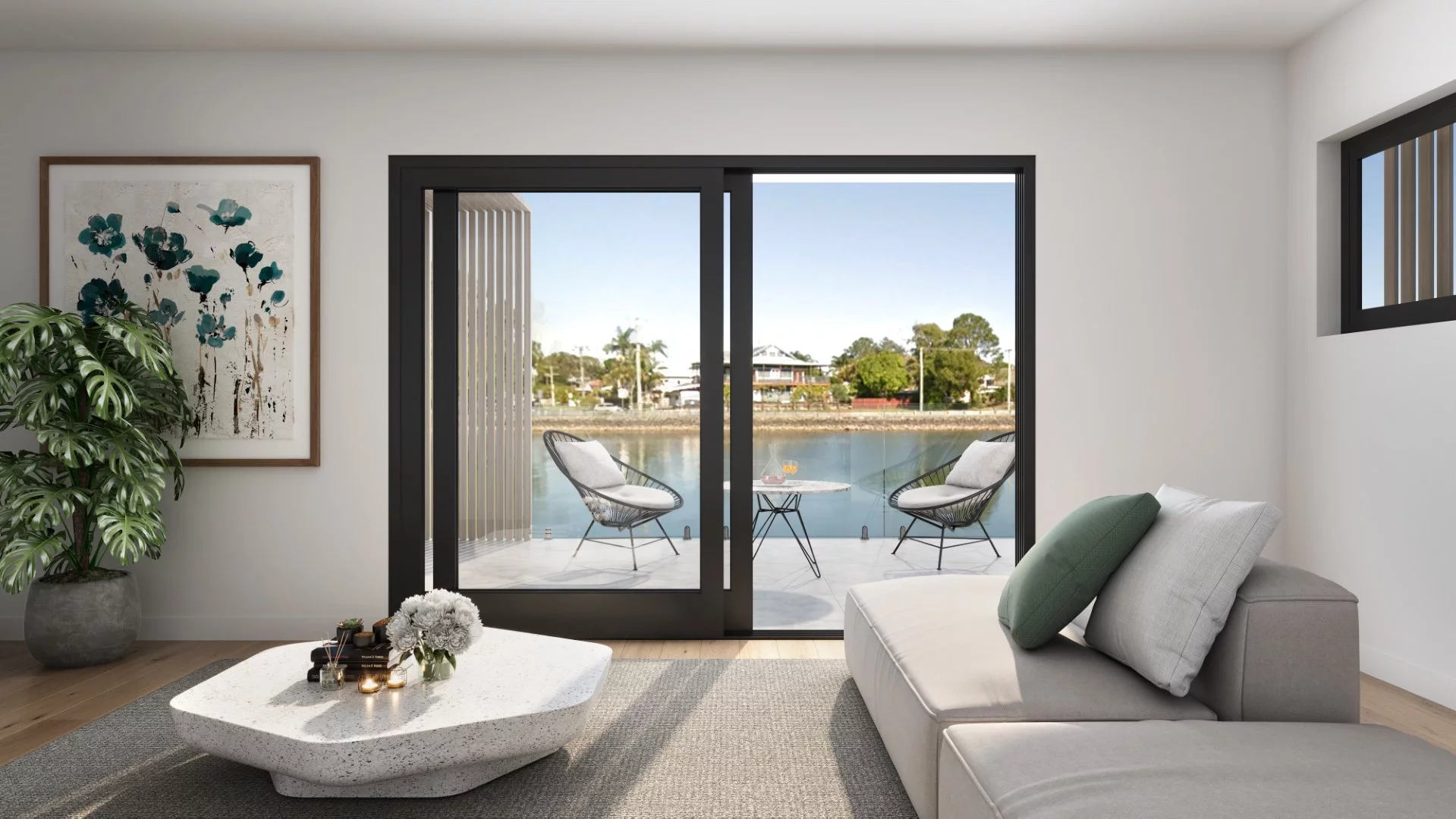Navigating the Maze of Material Selection in Architectural Design.
Architectural design is much more than just aesthetics; it's a meticulous process of balancing form, function, sustainability, and economy. At the heart of this balancing act lies the choice of materials. From the tactile warmth of wood to the sleek modernity of steel, the materials chosen for a building profoundly influence its character, performance, and impact on the environment. However, the process of material selection is fraught with challenges. Let's explore the key considerations and obstacles architects face in this crucial aspect of design.
1. Aesthetic Appeal vs. Functional Performance
One of the primary challenges in material selection is balancing aesthetics with functionality. Every architect envisions a certain look and feel for their project, but not all materials that achieve that vision will perform well under the specific conditions of the project. For example, a glass façade might offer stunning visual impact and natural light but could pose challenges in terms of thermal performance and energy efficiency.
Solution: To address this, architects often collaborate closely with engineers and material scientists to find innovative solutions that offer both beauty and practicality. Technologies like smart glass, which can change its properties according to environmental conditions, are emerging as game-changers in this space.

2. Sustainability Considerations
In today's world, sustainability is no longer an option but a necessity. The environmental impact of material choices, from extraction and processing to transportation and disposal, is a significant concern. Sustainable materials, such as bamboo, reclaimed wood, or recycled steel, are increasingly favored, but they come with their own set of challenges, such as availability, cost, and durability.
Solution: To mitigate these challenges, architects are increasingly turning to life cycle assessment (LCA) tools that evaluate the environmental impact of materials throughout their entire lifespan. Additionally, sourcing materials locally can reduce the carbon footprint associated with transportation.

3. Cost Constraints
Budget is often one of the most significant limiting factors in material selection. High-quality materials that offer superior performance and aesthetic appeal typically come with a hefty price tag. In contrast, more affordable options may compromise on durability, maintenance, or energy efficiency.
Solution: Value engineering is a process where architects and clients work together to achieve the desired design at a lower cost without sacrificing quality. This might involve substituting materials or adjusting design elements to reduce expenses. In some cases, innovative financing options or phased construction can also help manage costs while still using the preferred materials.
4. Durability and Maintenance
Durability is another critical factor in material selection. Materials must withstand the environmental conditions they will be exposed to, from weathering and corrosion to wear and tear from everyday use. Furthermore, maintenance requirements can significantly impact the long-term cost and sustainability of a building.
Solution: Architects must consider the local climate and the intended use of the building when selecting materials. For instance, materials that resist salt corrosion are crucial for coastal buildings, while those with high thermal mass are ideal for hot, arid climates. Additionally, incorporating materials that require minimal maintenance can reduce long-term operational costs and environmental impact.

5. Regulatory Compliance
Building codes and regulations often dictate specific material choices, particularly concerning fire safety, structural integrity, and accessibility. These regulations can sometimes limit the use of certain materials or require additional treatments, such as fireproofing, that can alter their aesthetic or functional properties.
Solution: Staying informed about local and international building codes is essential. Early collaboration with code officials and consultants can help identify potential issues and find compliant materials that still meet the design vision.
6. Innovation and New Technologies
The pace of technological advancement in materials science is rapid, offering architects new possibilities for design. However, incorporating these innovative materials can be challenging due to limited data on their long-term performance, higher costs, and potential difficulties in sourcing or construction.
Solution: Architects must stay at the forefront of material innovations while carefully evaluating the risks associated with their use. Pilot projects and collaborations with research institutions can provide valuable insights into the performance of new materials in real-world conditions.
Conclusion
The choice of materials in architectural design is a complex, multifaceted decision that requires careful consideration of aesthetics, functionality, sustainability, cost, durability, regulatory compliance, and innovation. While these challenges can seem daunting, they also present opportunities for creativity and problem-solving. By approaching material selection with a holistic mindset and leveraging the latest tools and technologies, architects can craft spaces that are not only beautiful and functional but also sustainable and resilient for the future.
In the end, the right materials can transform a good design into a great one, leaving a lasting impact on both the environment and the people who experience it.

